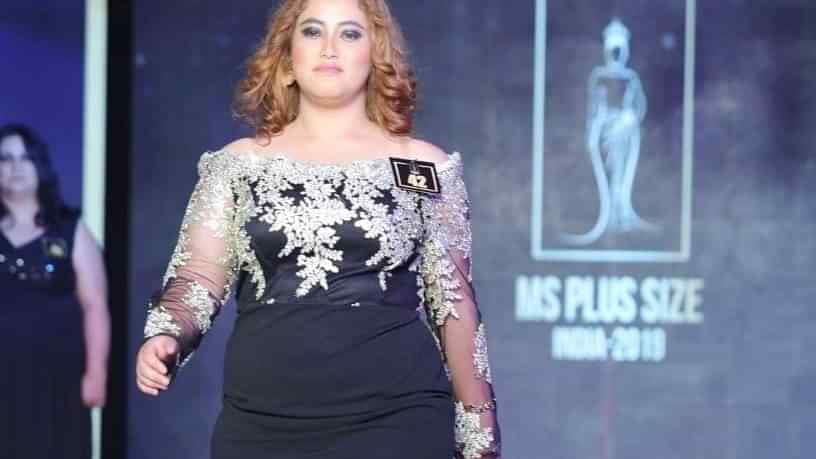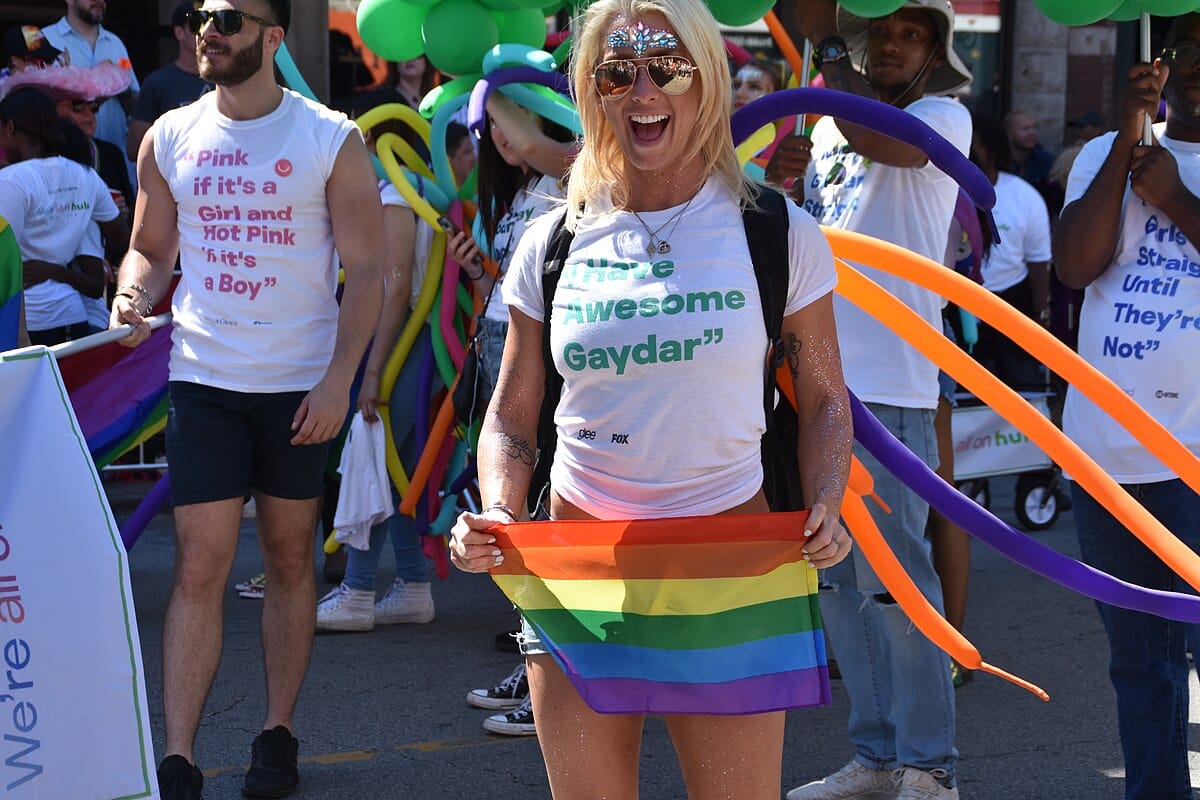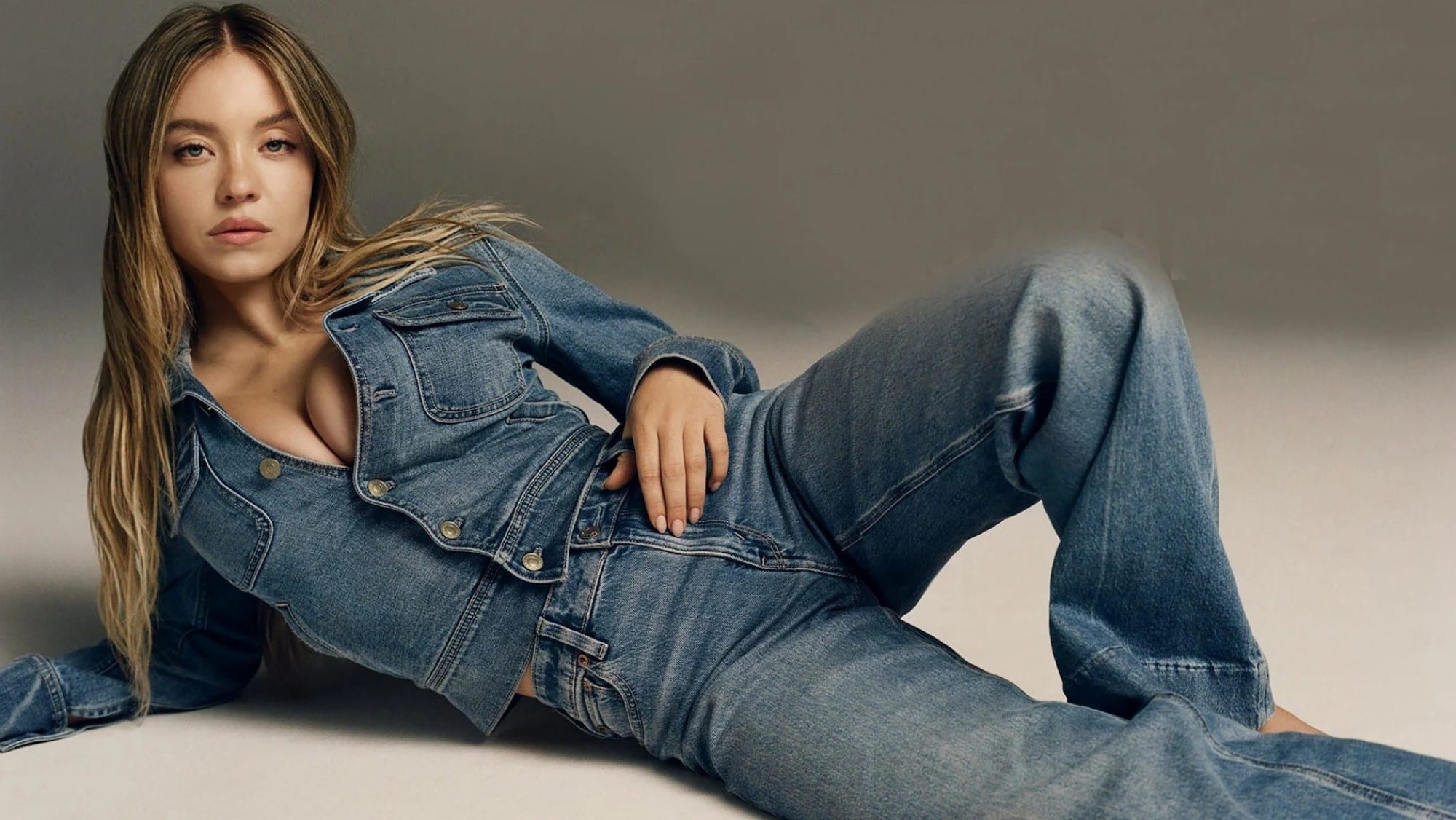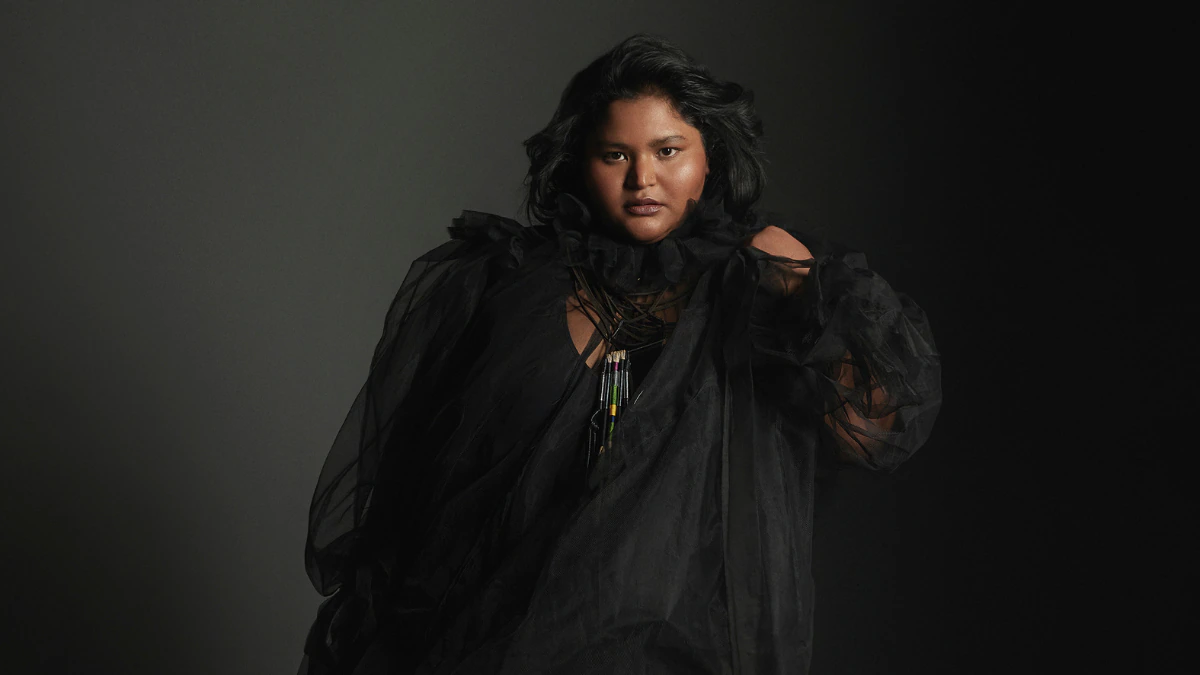Editor’s Note: This month, that is July 2020, FII’s #MoodOfTheMonth is Feminism And Body Image, where we invite various articles about the diverse range of experiences which we often confront, with respect to our bodies in private or public spaces, or both. If you’d like to share your article, email us at pragya@feminisminindia.com.
Posted by Janhavi Sharma
“Beauty lies in the eyes of the beholder.”
A cliched statement, that seems to validate those who claim to be in love. Bejeweled by the ornament of love, beauty embodies an identity that bears semblance to subjectivity and emotion. However, how far can such an idea of beauty find a place for itself in the capitalist world where conventional standards determine the monetary value of a virtue like beauty?
In the recent past, the modelling industry all across the world, clothing brands and magazine companies ranging from Harpers’ Bazaar, Dolce & Gabbana to Sabyasachi etc., have attempted to launch campaigns that cater to models who are at the peripheries of “ideal beauty”, or in layman’s terms called “plus size models.” In a bid to expand their marketability and social appeal, many of these brands hire models who are chubby, plump or ‘not skinny enough’ to fit into boxed perceptions of what is beautiful—to keep up an appearance that supposedly understands subjective ideas of beauty. Credit to them, for having the guts to challenge a brutal industry like that of modelling, by hiring models who are “plus sized”, but is that truly empowering for the women they hire or for the women who view them on magazine covers, TV shows and brand advertisements? Perhaps not.
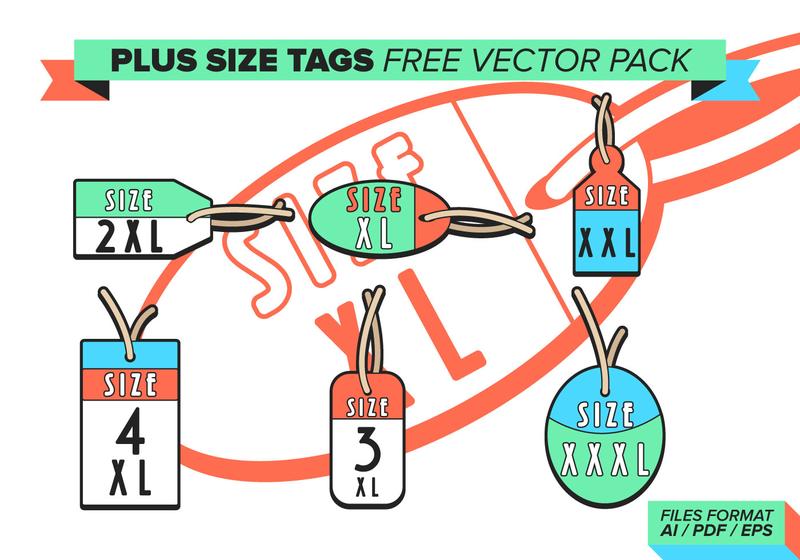
While I appreciate the efforts made by industries and brands to incorporate women of varying sizes, in terms of their physical features, I find the phrase “plus size models” highly problematic. To me, it’s simply a token attempt to publicise inclusivity, that in reality only discriminates. The phrase, in turn disempowers women by strengthening the already existing segregation between women of size, and women who fit into the ideal standards of beauty. It creates a fissure between bodies that are acceptable in the modelling and fashion industries and bodies that seemingly aren’t. The phrase de-normalises women who don’t have “size zero” figures and normalises women who do, by placing women in the latter category on a pedestal. It also attributes a discriminatory monopoly to women who embody the “size zero” classification within the industry.
While I appreciate the efforts made by industries and brands to incorporate women of varying sizes, in terms of their physical features, I find the phrase “plus size models” highly problematic. To me, it’s simply a token attempt to publicise inclusivity, that in reality only discriminates. The phrase, in turn disempowers women by strengthening the already existing segregation between women of size, and women who fit into the ideal standards of beauty.
Interestingly, popular Indian brands like Pantaloons, Westside and Lifestyle have curated offshoots for ‘plus size clothing’ that are marketed by models who are, guess what?—”plus sized.” Most of the clothes that are offered by these brands are bland, unflattering and body covering unlike the clothes that are available for women who are “skinnier”.
While on the one hand, false attempts at empowering women of all sizes are being made, on the other hand, women who don’t fit into the patriarchal template of the ideal body type, are alienated from the discourse that promotes clothes that are body hugging, short, strappy and seemingly more flattering than the ones currently being advocated for them. It’s as if society’s anxieties about plump women exposing themselves are being mirrored in the attempts being made by these brands, subtly telling women what they can or cannot wear. To me, this is simply a compensatory effort, to make women with varying body types feel like they’re part of the sample size status quo, when in reality, they are at the threshold of marginalisation. It’s interesting to see how shapes of bodies fit into the discourse on size.
Varshita Thatavarthi, part of Sabyasachi’s latest entourage of models who promoted his “plus size” collection earlier this year, faced discrimination on the basis of her skin colour and body type, but found a place for herself with him.
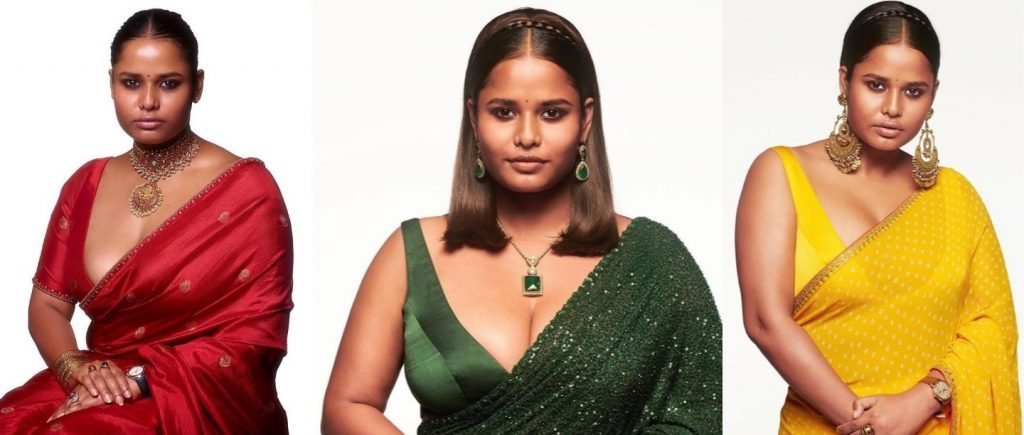
With this new spring/summer 2020 campaign, Sabyasachi clearly attempted to break stereotypes and rescue from oblivion, women of size and colour, by establishing their individuality in the fashion industry. However, why did it take him so long to do so? And that too, why with a separate campaign? Sabyasachi’s brides are real and come from all over the world, embodying the idea of diversity in all possible contexts, including that of the body. He has been catering to these brides for time immemorial so an effort like this, seems more discriminatory than inclusive. His models should also reflect the kind of diversity and realism that his brides bring with them.
Also read: Falguni Peacock And The Perpetual Fat Policing In The Fashion Industry
The very fact that the modelling industry aims to diversify in the kind of models they have by hiring “plus size models” becomes counterintuitive, as in their bid to do so, they are alienating many other intersections of women—women of colour (majorly, barring a few), of different races, abilities and special abilities, sizes etc. Even in their definition of “plus size”, this industry expects women to fit into a certain template of what construes the ideal kind of “plus size”, usually focussing on thick thighs and big boobs, with a relatively thinner waist. Here, voluptuous women embody the idea of being “plus size”.
What about women who don’t have flat stomachs?
Women who have stretch marks?
Women who have disproportionate boobs?
Women who don’t contour every crevice of their bodies?
These are ‘normal’ women. These are women the world relates to.
It’s as if society’s anxieties about plump women exposing themselves are being mirrored in the attempts being made by these brands, subtly telling women what they can or cannot wear. To me, this is simply a compensatory effort, to make women with varying body types feel like they’re part of the sample size status quo, when in reality, they are at the threshold of marginalisation. It’s interesting to see how shapes of bodies fit into the discourse on size.
There is no doubt in the fact that patriarchal standards of beauty are defined for the world, and women who find themselves divorced from those standards, are often made to feel alienated from the beauty-driven status quo. These patriarchal standards are fed on by capitalism, that harbours and promotes a relentlessly dictatorial consumerist culture. In the real world however, all kinds of bodies exist—bodies with “incongruities” that become symbolic of the struggles and pleasures they’ve endured and cherished respectively. Seeing airbrushed women on glossy magazine covers, makes many women feel insecure about themselves, it makes them feel inadequate.
Can the billion dollar fashion industry bear the debt of this discrimination?
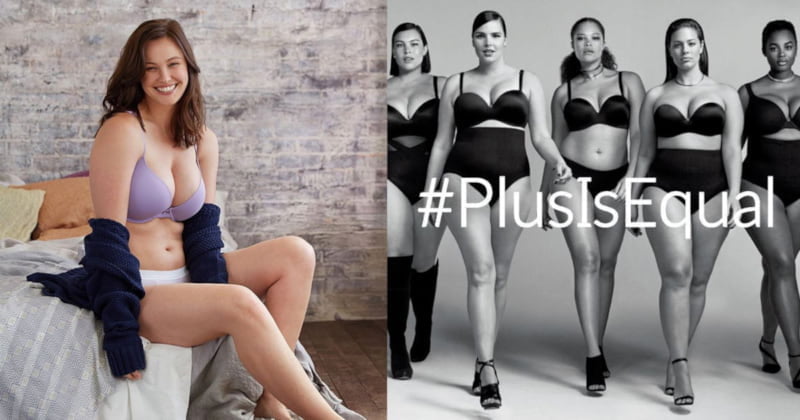
In my bid to advocate for the rejection of the phrase “plus size” models, I don’t want to alienate or attack women who have conventionally been employed as models and fit into the ideal archetype of the body. My aim here is to assess the relevance and legitimacy of a phrase mentioned above, in the context of fashion, modelling and how it relates to ideas of beauty. Why can’t they all simply be referred to as models? Why does there have to be a “size zero v plus sized model” debate at all? Why is the categorization of bodies so imminent that industries cannot stop capitalising on it?
Also read: Can Plus Size Ever Become Socially Acceptable And Mainstream?
Internalised ideas of what constitutes “beauty” need to go beyond a certain size, colour and body type. By hiring “ordinary” women from everyday life, these brands and industries can become extraordinary. By discarding the phrase “plus size models” they can erase the divide that exists between what is seemingly acceptable and what isn’t. Such a move, will automatically normalise the idea that beauty isn’t just of a certain type. Getting rid of a phrase like this will truly empower women—the ones who are hired and the ones who see them.
Janhavi Sharma is a gender, history and food enthusiast and recently graduated from the Young India Fellowship at Ashoka University. She wants to study Gender and Sexuality for her master’s and wants to travel to Azerbaijan. She is an ardent feminist and aims to make a difference within the discourse of academia. You can find her on Facebook, Instagram, LinkedIn and Twitter.
Featured Image Source: East Mojo
About the author(s)
Janhavi Sharma is a gender, history and food enthusiast and recently graduated from the Young India Fellowship at Ashoka University. She wants to study Gender and Sexuality for her master’s and wants to travel to Azerbaijan. She is an ardent feminist and aims to make a difference within the discourse of academia.
